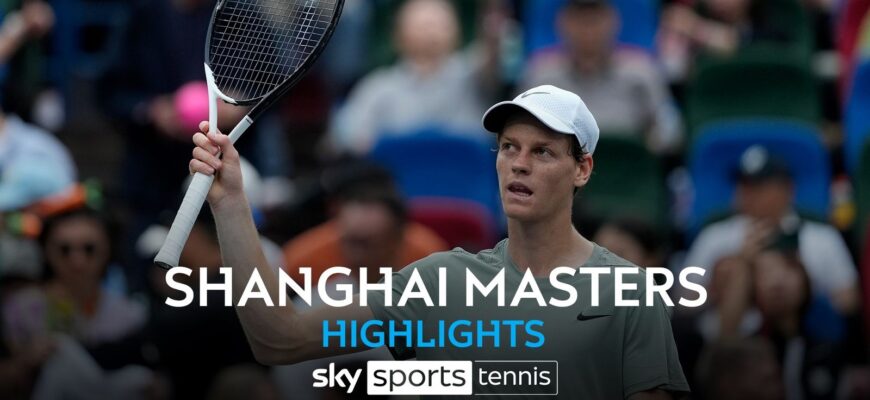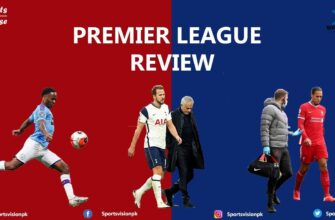The recent conclusion of the Shanghai Masters offered a fascinating, if somewhat unexpected, tableau. While the tennis itself provided its usual dose of competitive drama, the final matchup—featuring Valentin Vacherot and Arthur Rinderknech—ignited a familiar debate, particularly among the sport`s elder statesmen. Six-time Grand Slam champion Boris Becker, never one to shy from candor, voiced a sentiment likely echoing through the hallowed halls of the ATP: the palpable absence of the tour`s marquee names in the decisive moments.
Becker`s Blunt Assessment
Becker`s assessment was sharp and to the point. He observed, quite rightly, that the ATP`s leadership would hardly be delighted by a final devoid of its highest-ranked, most recognizable stars. For sponsors, whose investments are often tethered to brand visibility through elite athletes, and for fans, who flock to events hoping to witness greatness, a final without a Djokovic or a Medvedev presents a considerable challenge. One could almost hear the collective sigh of the ATP media team, tasked with presenting this particular narrative as the apex of the tennis season. It`s a public relations tightrope walk, to say the least.
The Masters Mandate: Expectations vs. Reality
The Masters 1000 tournaments, by their very designation, are designed to be the crucibles where the sport`s top 10 players not only participate but are expected to contend deep into the draw—ideally, reaching the quarter-finals, if not the championship match. This expectation isn`t merely born of tradition; it`s a fundamental pillar of these events` prestige and ranking points value. When the field thins out before the business end of the tournament, it begs the question: what defines a “Masters” event if not the mastery of its most elite combatants? The appellation itself carries a weight, a promise of witnessing the best of the best battling it out.
The Player`s Predicament: A Marathon, Not a Sprint
Yet, to simply demand that top players “show up and perform” in every high-stakes event overlooks the arduous realities of the professional tennis calendar. The ATP Tour is a relentless marathon, not a series of sprints. Players navigate continents, time zones, and a grueling schedule that pushes physical and mental fortitude to its limits. One might almost imagine a simpler era where players could just casually appear, fresh as a daisy, for every major contest. Alas, the human body, even that of a finely tuned athlete, occasionally protests. Injuries, fatigue, and strategic scheduling to peak for Grand Slams are not mere excuses; they are inherent parts of the modern game. To expect perennial deep runs from the top echelon in every single tournament is less a reasonable demand and more a wistful yearning for a perpetual-motion machine.
Commercial Realities and Fan Engagement
This intersection of sporting integrity and commercial imperative forms the core of the dilemma. Tournament organizers and the ATP rely heavily on the star power of players like Djokovic, Alcaraz, Sinner, and Medvedev to sell tickets, secure broadcast deals, and attract sponsors. When these pillars of the sport are absent from the final stages, the ripple effect can be significant, impacting revenue streams and dimming the overall spotlight on the event. The challenge then becomes how to maintain the “event of the year” allure when the primary draws are making early exits, or simply not featuring in the decisive contests. It`s a delicate balancing act, ensuring both competitive integrity and commercial viability remain robust.
The Unpredictability Paradox
Of course, the beauty of tennis often lies in its unpredictability. The emergence of new talent, the unexpected upset, the Cinderella story – these are narratives that captivate and invigorate the sport. But there`s a delicate balance. When upsets become the norm in the latter stages of premium tournaments, the narrative shifts from “any given Sunday” excitement to a more disquieting “where are all the stars?” This isn`t to diminish the achievements of players like Vacherot and Rinderknech, who undoubtedly earned their spot in the Shanghai final through exceptional play. Rather, it underscores the constant tension between celebrating new narratives and upholding the commercial and fan-driven expectations of established greatness.
Conclusion: The Enduring Challenge for ATP
Boris Becker`s commentary on the Shanghai Masters final serves as a potent reminder of the multifaceted challenges facing professional tennis. It`s a complex equation involving player welfare, tournament prestige, commercial viability, and fan expectations. The ATP, while undoubtedly celebrating the depth of talent across its ranks, must continuously strategize how to ensure its marquee events consistently deliver on the promise of top-tier competition. In the end, it’s not merely about who wins, but who shows up, and crucially, who plays deep enough to keep the collective tennis world—and its often-skeptical pundits—satisfied that the “Masters” truly live up to their name. The conversation around star power in tennis is unlikely to conclude anytime soon, and perhaps, that`s precisely what keeps it interesting.








